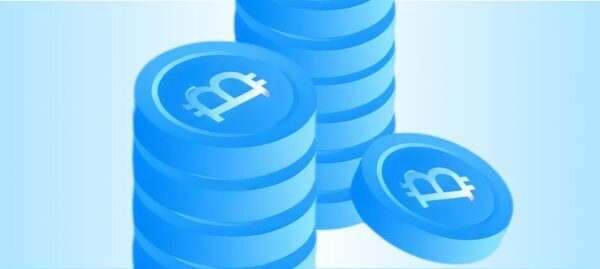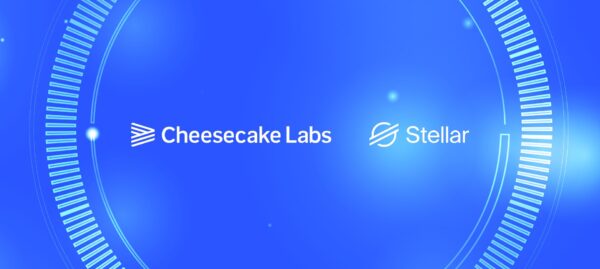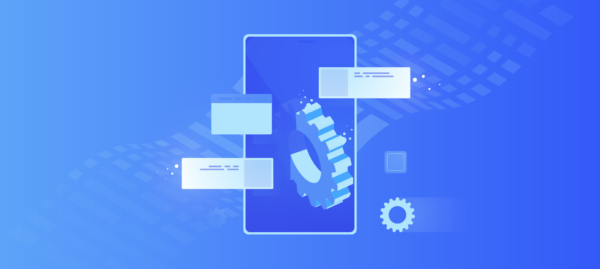What Are Stablecoins, and Why Should You Know About Them?
Gabriel Soares | Nov 26, 2025

If you’ve ever considered issuing a crypto token to help reach your business goals, you may have found yourself navigating the complex world of tokenomics.
Learning your way around the digital token space is no easy task.
But that’s why we’re here to help!
At Cheesecake Labs, we have a proven process to help clients launch digital tokens, and in this post, we’re going to guide you through this world. Now you’ll understand the tokenomics meaning and how it works.
Tokenomics is a blended word of ‘token’ referring to the crypto token and ‘economics.’
Tokenomics is all about how a crypto token is integrated into the economy. The token economy addresses all the qualities of a crypto token that make it attractive to investors.
The term has become trendy in recent years and addresses the mathematics and benefits of managing crypto assets.
Besides looking at how the asset works, Tokenomics also considers the psychological or behavioral forces that could impact the asset’s value in the long term.
These aspects can directly impact the way assets organically evolve and how you can integrate tokens into businesses and products.
Projects with a well-planned and designed token economy have a higher chance of succeeding in the long term because they incentivize people to buy and keep their tokens.
On the other hand, businesses with weak tokenomics will struggle because people often sell their tokens at the first sign of trouble.
We all are driven by incentives. Children attend school because it provides learning opportunities and a better future.
The world of crypto is full of incentives.
While crypto assets have captivated the world with promises of economic opportunity, those opportunities still aren’t completely tangible.
Let’s look at The Stellar Network’s token, Lumens, as an example.
Lumens are used to make trading on the blockchain-based distributed ledger easier. You can efficiently trade Lumens at a fraction of a dollar cent which lowers their carbon footprint.
That smaller carbon footprint incentivizes some users to choose Lumens for their transactions over other options.
When preparing to launch a digital asset, there are a handful of questions you need to ask yourself (or your blockchain development partner) to help further define the asset.
Let’s take a look at some of the things you need to consider.
Different assets have different levels of authorization. These authorization levels are dictated by the asset’s intended application and the blockchain network you’re using. Tokens can be tightly controlled, or you can allow users to independently manage blockchain processes themselves.
For example, someone launching an asset in the Stellar Network may configure it to maintain tight control. This means that they might individually approve each transaction and even carry out clawback operations to enforce regulation and safety.
On the other hand, you can let users interact with the asset themselves. With this option, users also control the mechanisms built to support it. This means that they work together towards a common goal — sustaining themselves as asset holders.
Depending on your use case, you can launch an asset with a fixed limited supply or a dynamic supply. Fixed supplies give you a clear idea of asset scarcity.p
With a dynamic supply, you can control the circulation of your token depending on your strategy. You can mint new tokens to increase supply or burn tokens to remove supply from circulation.
Stablecoins tie the value of the cryptocurrency to more stable assets, like fiat currencies. With stable tokens, a ‘reserve’ is set up securely by a transparent audited account.
The asset or basket of assets supporting the stable coin is stored securely in this reserve.
Let’s look at the USD Coin as an example. USD Coin or USDC is a stable coin that is a tokenized version of the US Dollar. Here’s how it works:
In the open market, asset prices fluctuate according to their use. Certain projects keep a steady rate when launching new assets. They are distributed according to the rules set in the project.
Or you can manage supply through burning and minting, which you can then use to control the inflation and deflation of assets.
Here’s how burning and minting work:
So, burning and minting create a simple supply and demand relationship — if you want to control the inflation of your asset, you want more tokens to be burned or used. If you’re going to deflate your asset, you want to create or mint new tokens. Asset
When you launch a crypto asset you need to decide beforehand if you’ll let your asset grow organically or if you want to control the initial offering and price at launch.
Here are some ways you could approach market distribution:
The blockchain network you choose will have a direct impact on your token and how it’s used. Here are a few things to consider when choosing a network.
All aspects of the token economy must be in accordance with local regulations. In the US, this means complying with federal and state laws.
Crypto is still a relatively new technology — but it’s evolving at a fast pace.
As cryptocurrency becomes more popular, legal requirements are bound to change, so it’s important to keep up to date on the latest regulations.
Now that you know the basics of the token economy and the process of issuing your own token, you’re ready to take the next step.
If you’re looking for a partner in all things blockchain development, the Cheesecake Labs team of experts is ready to help!
Get in touch with us to learn more about how we can help you launch your own digital asset.

With several years of experience in customer services, my background goes through several areas of technical support, from incident handling and real-time support to on-site service delivery and Knowledge Management through the KCS Methodology, as well as project and product management.


